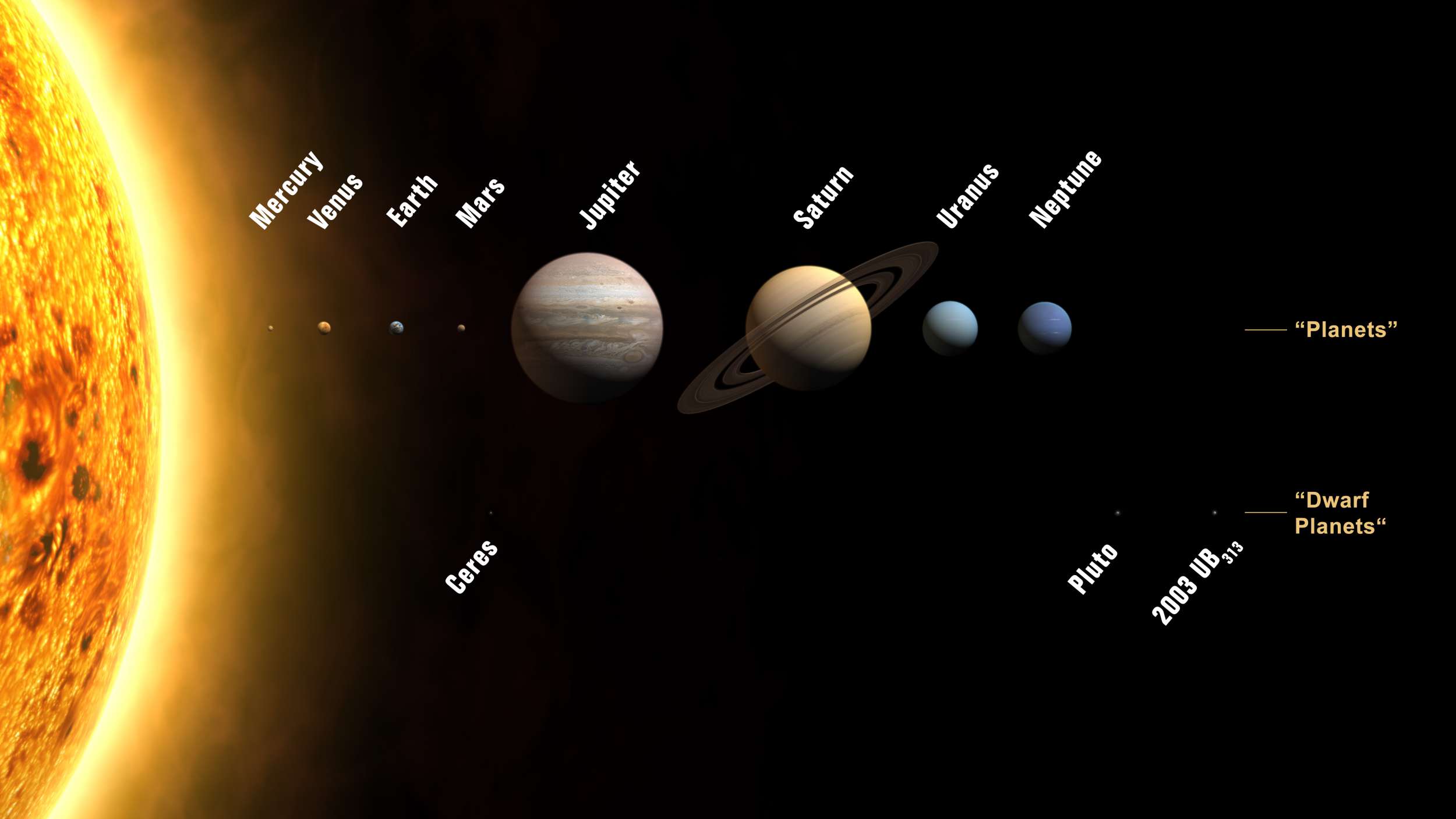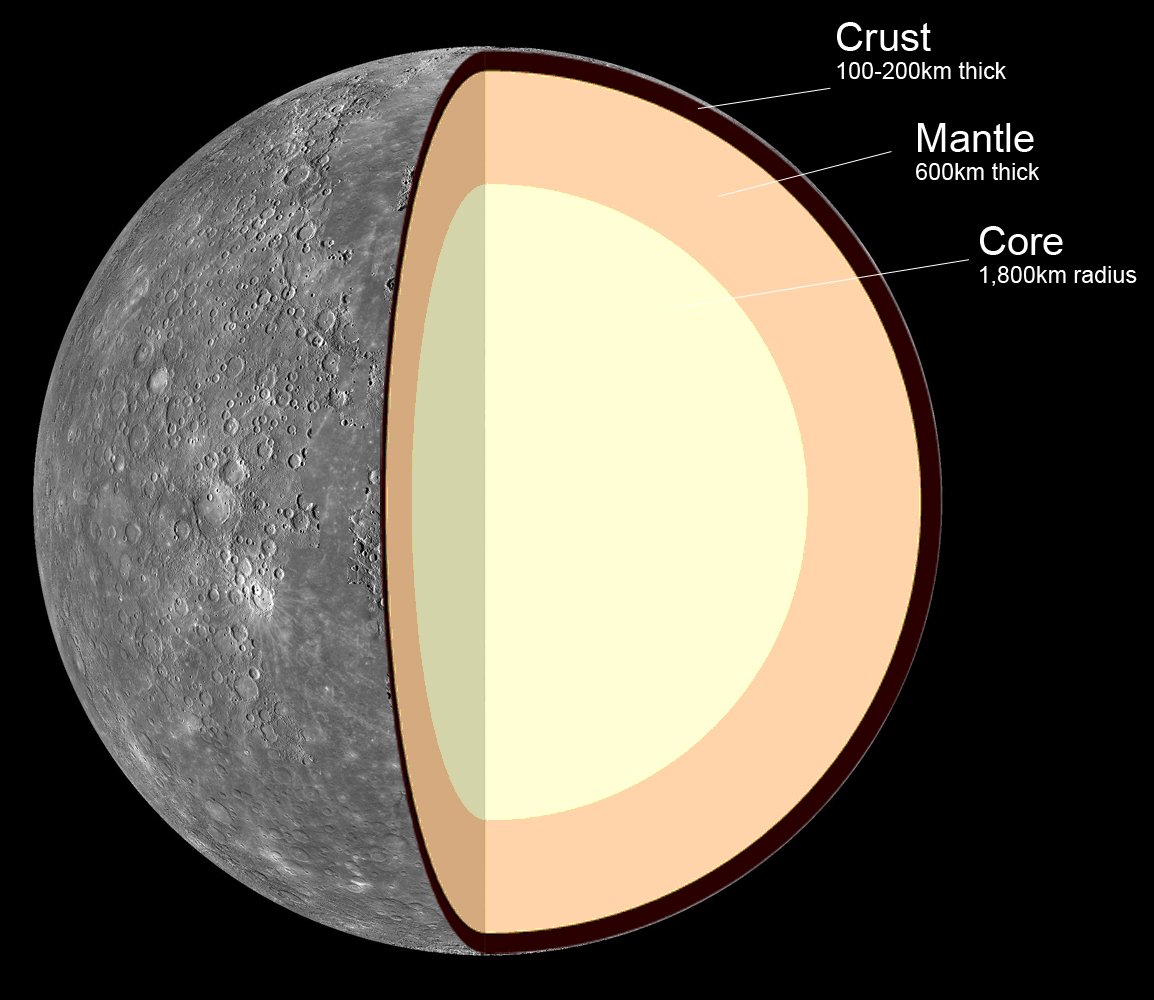© 2000-2023 - Enkey Magazine - All rights reserved
ENKEY SNC - VAT ID IT03202450924 / REA Code CA253701 - Phone. 078162719
Our solar system is just a small dot in the universe to which belong really amazing planets. The planets of our solar system which we are able to recognise with naked eyes are Venus, Mars, Jupiter and Mercury.
Mercury is the closest planet to the Sun. It is only 57.910.000 km far away from the Sun compared with the 149.600.000 km of our planet Earth. Its days are 58 days 15 hours and 30 minutes long of our timing on the Earth and it has always a side faced to the burning sun, and the other side frozen.
Its external temperature during the day can reach the 450 Celsius degrees and it is one of the most mysterious and intriguing planet of our solar system. But what makes it so special?

Mercury: the ferrous planet
Mercury is a rocky planet like the Earth, Venus and Mars. Infact it is composed by minerals and silicate metals which are composed by an iron’s core and a silicate’s crust. The planet, unlike the other rocky planets of the solar system, is composed by an excessive quantity of iron.
The planet has a relationship between iron and rock higher than the others. Mercury is something mysterious for the astronomers becuase of its unique and inexplicable composition.
Not only the core has a iron’s quantity higher than any other planet in the solar system, but according to its density and size, the geologists estimate that the core occupies around the 40% of its volume.
The reason of it is still unknown, but many scientific theories are been thought during the years.

What makes the planet Mercury unique?
Some researchers think that Mercury got its big iron’s core spontaneously.
Due to its closeness to the sun, it might be possible that it had some mechanisms able to separate metals and rocks, because of them different condensation’s temperature, different conductive’s properties and behaviors due to the dragging and gravity’s force.
So its composition is to give to its position in our solar system.
Many believe that Mercury had a big collision in the past with other celestial bodies, which caused a massive lose of its rocky surface both for collision and for evaporation caused by the solar winds.
By the way, according with a new study made by a group of scientists of the CTAC of the University of Zurigo, the mysterious nature of the planet could really be the result of many collisions with the giant celestial bodies of the universe.
Is the structure the result of only one massive impact or of many smaller impacts? Scientifically is been demonstrated that both the impact’s scenarios can explain the curious nature of Mercury, but the probabilities of a big size impact are less.
It needed too much specific and really unlikely conditions to obtain giant impacts.

The Mercury’s formation: hard to identify
In its composition Mercury is a rare planet. Outside our solar system we don’t know yet planets with a similar structure. Probably our solar system is unique under many points of view, between which the presence of the life and the presence of strong impacts that radically changed many of its planets.
Finally, whatever is the event that caused the structure of the planet Mercury, it is without any doubt a rare event about the evolution of the celestial systems. We know as truth that at least 2000 systems don’t have a matching planet for Mercury, sure it is impossible to determine how much singular is this planet but we can say that this is the reason for its uniqueness.
“I believe no man who has in philosophical matters any competent faculty of thinking can ever fall into it.”
ISAAC NEWTON
This post is also available in:
 Italiano
Italiano

